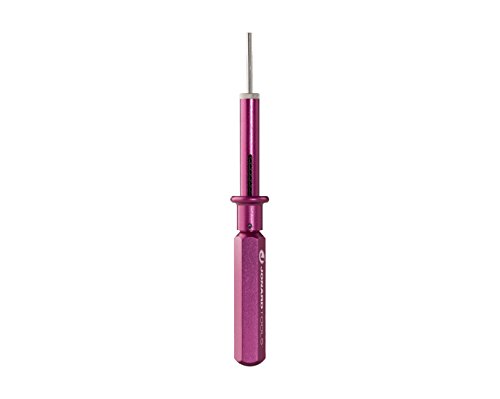haveagojoe
Well-known member
- Joined
- Aug 1, 2014
- Messages
- 365
I would not think it's as fast as nitric, I guess it depends on the concentration of nitric and the temperature. The main advantage of course would be that the fumes are less noxious. In my experience even small amounts of peroxide will definitely dissolve some gold along with base metals. It's not a huge problem as the gold eventually cements out again as black powder because of the copper when the oxygen level falls. Peroxide does make the leeching process much quicker but then the filtering becomes much slower and the black powder is so fine it gets stuck in the filter. It can be a useful approach on larger plated items such as SMA connectors which I think are brass- at room temperature it can release the gold in 24 hours in large flakes, before the underlying base metal has much of a chance to be attacked, whereas copper chloride alone is very slow and only partially releases the gold plating before attacking the base metals and forming brown-green ferric chloride, at which point it slows almost to a halt.
I think generally the usual copper chloride approach is best for fingers and pins but extra peroxide does have its place with larger items, I would not attempt to use it to digest all the base metals as with nitric and I would never go as high as a 2:1 ratio, but for certain types of scrap a generous glug of peroxide can really help things along, I just have to just expect to deal with black powder in the filter, and the larger size of the foils also makes filtering slower.
An approach I haven't tried yet is to avoid filtering the foils altogether, simply removing the stripped base metal carcasses by decanting or sieving before adding more peroxide to dissolve the foils completely and then cementing everything out as black powder using a piece of copper. I think that could work quite well for these plated connectors but it would be a rather dirty precipitate containing copper and zinc etc.
One thing which is not clear with the proposed 2:1 ratio is the concentration of HCl and of Peroxide used. Perhaps if it were meant for >30% HCl and 3% Peroxide it would make sense but still I'm sure gold would be dissolved.













































